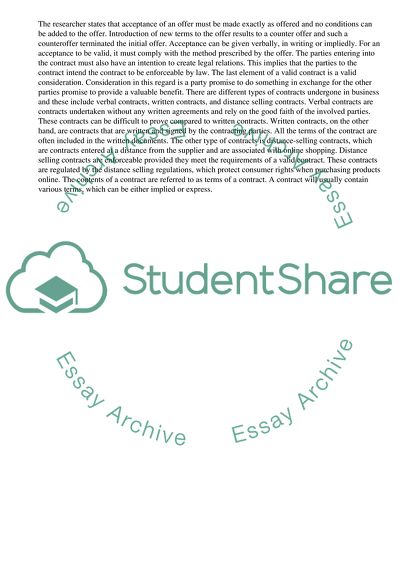Cite this document
(“Contractual Aspects and Business Negligence Coursework”, n.d.)
Contractual Aspects and Business Negligence Coursework. Retrieved from https://studentshare.org/business/1651601-contractual-aspects-and-business-negligence-application-in-business-context
Contractual Aspects and Business Negligence Coursework. Retrieved from https://studentshare.org/business/1651601-contractual-aspects-and-business-negligence-application-in-business-context
(Contractual Aspects and Business Negligence Coursework)
Contractual Aspects and Business Negligence Coursework. https://studentshare.org/business/1651601-contractual-aspects-and-business-negligence-application-in-business-context.
Contractual Aspects and Business Negligence Coursework. https://studentshare.org/business/1651601-contractual-aspects-and-business-negligence-application-in-business-context.
“Contractual Aspects and Business Negligence Coursework”, n.d. https://studentshare.org/business/1651601-contractual-aspects-and-business-negligence-application-in-business-context.


